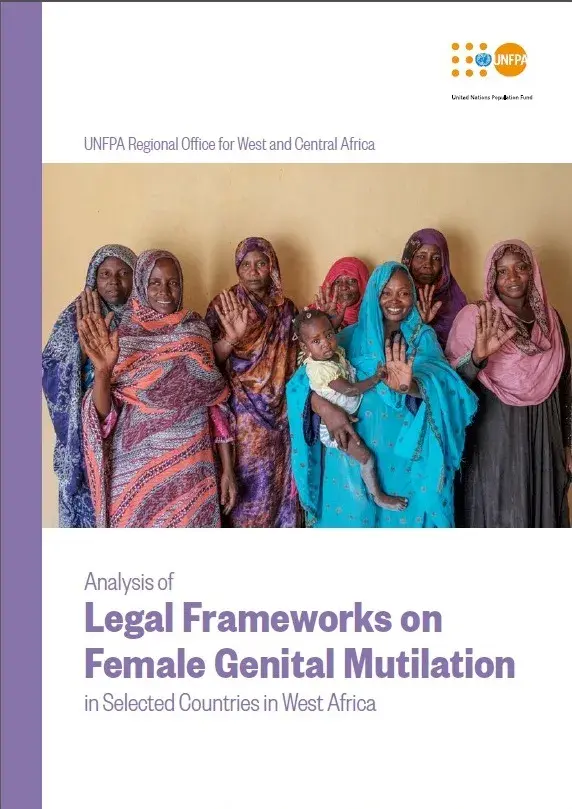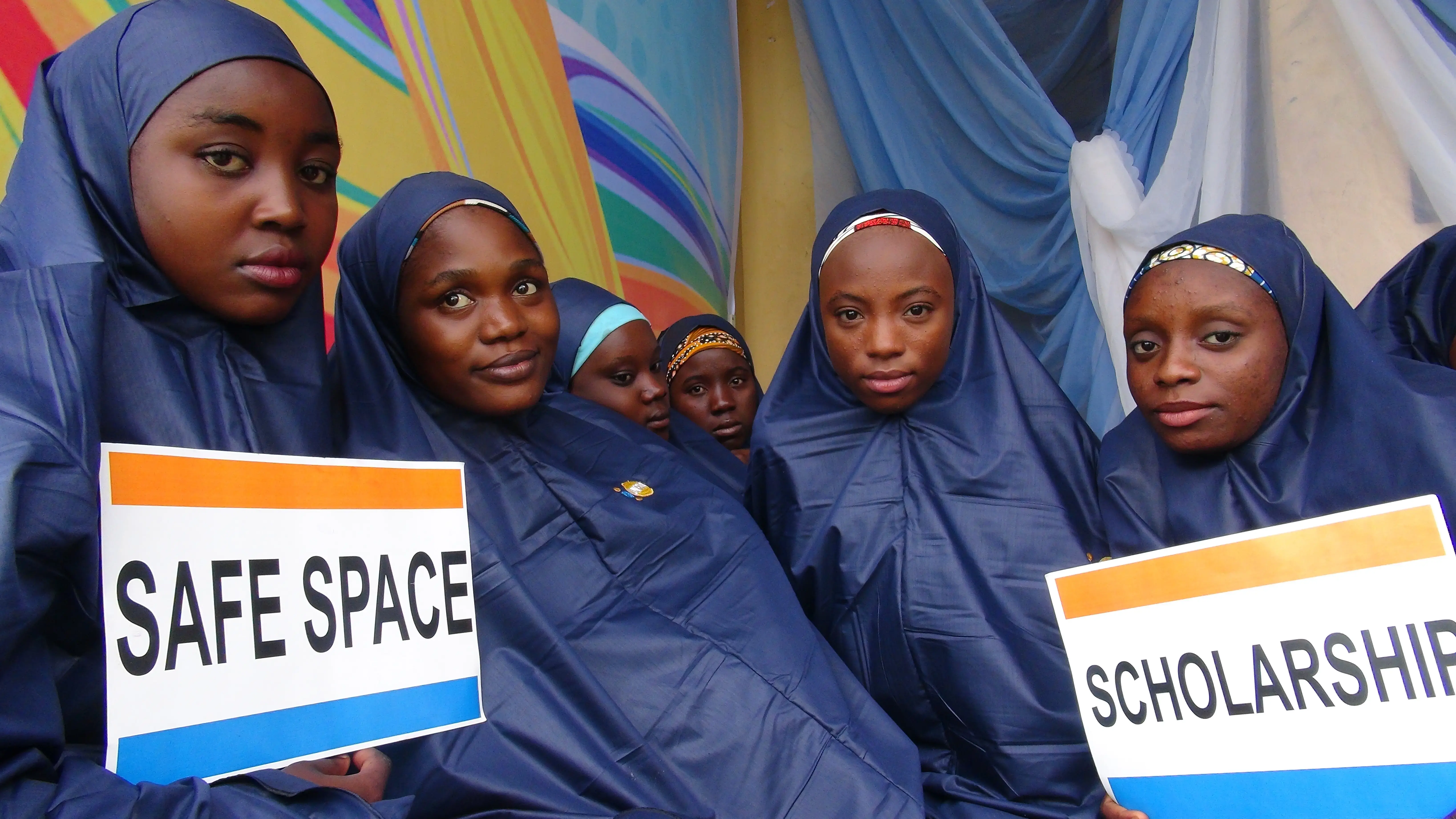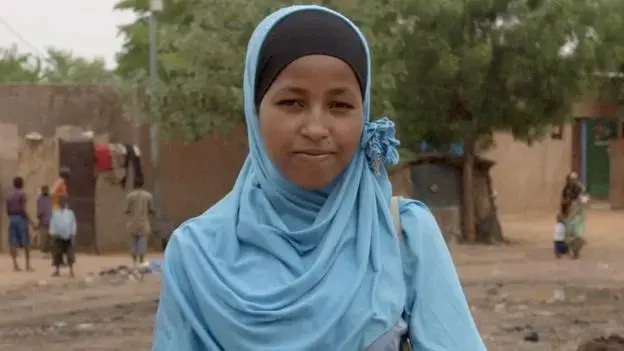Female genital mutilation (FGM) has been internationally recognized as a violation of the rights, health and integrity of women and girls. FGM constitutes both a result and a perpetuation of gender inequality and discrimination against women and girls, harming their lives in many ways. The global consensus on the need to eliminate all forms of FGM worldwide is clearly reflected in Sustainable Development Goal No. 5 and in several United Nations Resolutions.
Although FGM prevalence in almost all countries is slowly but steadily declining, the absolute number of girls subjected to FGM is likely to grow, since most affected communities are also experiencing high population growth.
We know that a legal framework that clearly outlaws FGM can support its abandonment. When a government criminalizes FGM, it sends a clear signal that the practice will no longer be tolerated. Where FGM is already socially contested, legislation can encourage those who wish to abandon it and deter those who fear prosecution. Having a national law is an important step towards ending FGM but for it to be effective, the law must be implemented and enforced.




